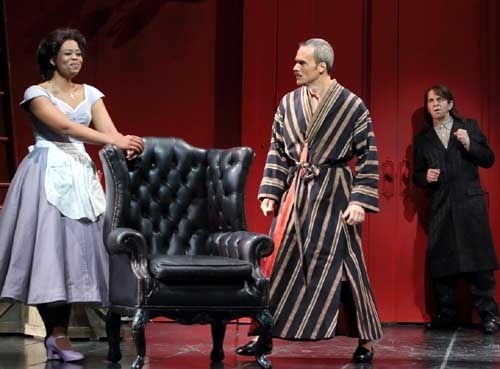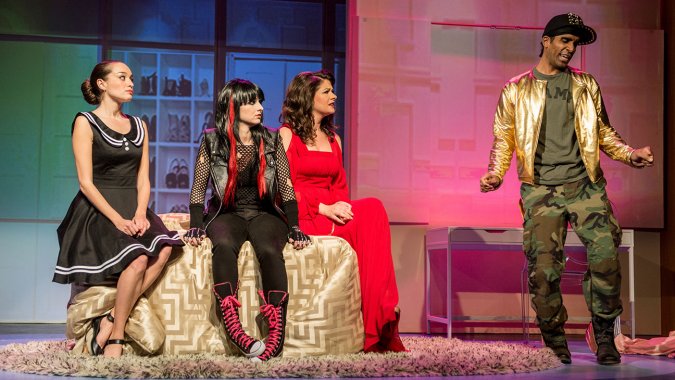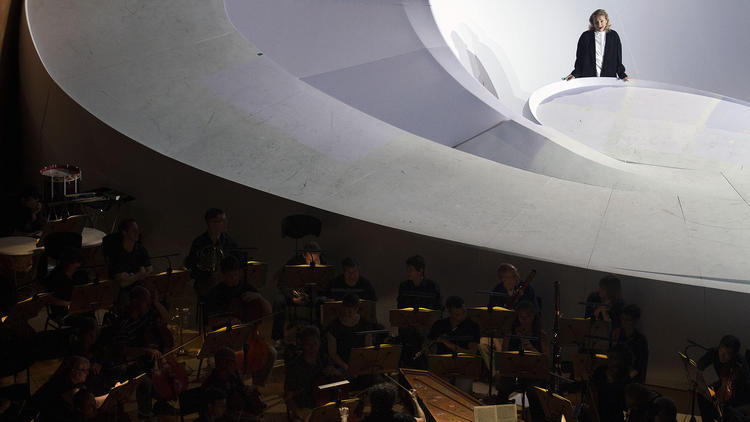The Los Angeles Opera’s co-production of Mozart’s The Abduction From the Seraglio (Die Entführung aus dem Serail), which closed February 19th, updated the action of this singspiel from its original mid- to late-18th century Ottoman Turkish setting, when the Ottoman...





